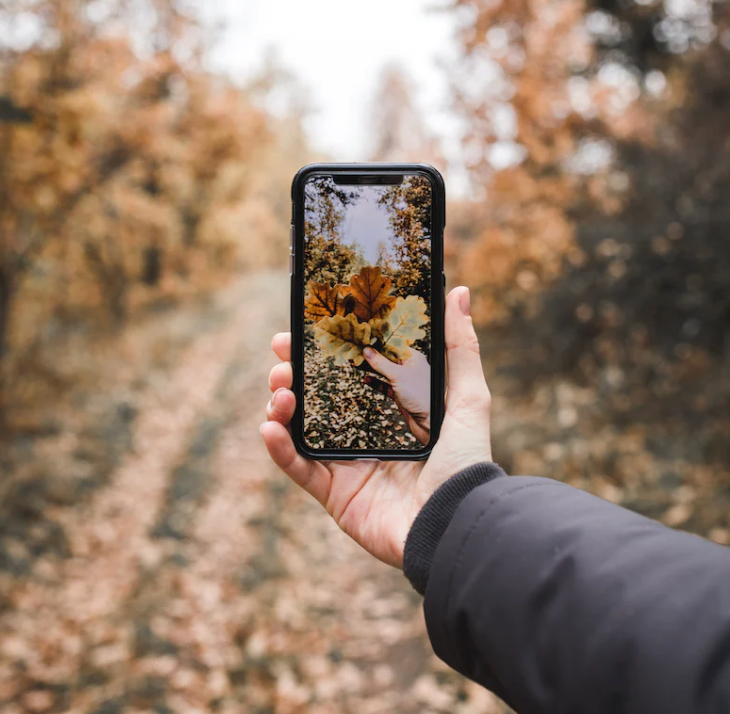Social Media’s “Nature Problem”
By Safina Center Writer-in-Residence Paul Greenberg
Social media is harmful for mental health. Is it also eroding our relationship with nature? Photo by Grant Ritchie on Unsplash.
This month, the Surgeon General finally sent out an official warning to parents that “there is growing evidence that social media use is associated with harm to young people’s mental health.” For those of us with teenagers, this has been self-evident ever since our children started harassing us to have their own iPhones. The social distancing of the COVID era is a trifle compared with the institutionalized distance that “social” media puts between parent and child. More and more the world of real-time, in-person communication has the air of an accessory to teenage life. The real world, for adolescents, lives on their phones.
I mention all this here on the site of an organization dedicated to giving voice to nature because social media has done the same sort of short-circuiting to the relationship between people and nature as it has to the relationship between parents and children. While there is no reliable data that links disengagement with the natural world with the rise of Twitter, Facebook, Instagram and TikTok, one need only take a doom scroll through nature “influencers” to see an immediate problem--the people doing the posting share their experience of nature so you don’t have to.
Being present with nature takes effort. For those of us living in urban environments to swap city for country there is the planning, the schlep, and all the associated hassle. But there is a more subtle aspect of it all that social media seems to intensify. Namely, that, to the hyper-clicker, unfiltered time spent quietly in non-human dominated ecosystems is boring. Time moves differently in an interconnected web of living things. Some movements are so slow as to be technically unobservable. The slow recolonization of ground cover after a forest fire. The flow of glaciers over the course of a year. Others are inconvenient, expressing themselves only at times you might miss: the hatch of mayflies off a brook at dusk; the changing of the night shift to the day as barred owls find their roosts and songbirds propose their first melodies of the day. Of course, the ambitious nature influencer will capture all that for you (and with a good camera too!) Sleep in, the socials seem to say. We’ve got this.
Except, and this is the big except, experiencing the natural world isn’t really about just seeing things. “Nature” does its magic when it invades all our senses and invites us to feel a sense of connectedness. Social media purports to connect us to one another and give us windows to the “awesome”. What we really need is to find interconnections on our own terms and feel our way toward awe.
Awe. That rarer and rarer emotion that makes us feel small without feeling diminished. An emotion that a California-Irvine study showed can expand our worldview and help us “forego strict self-interest to improve the welfare of others.” That same study showed that subjects who regularly contemplated objects of awe even changed their perspective on time, feeling they had more time available, were less impatient, and preferred experiences over material products.
In other words, a space-time shift that is the exact antithesis of social media. A space-time that invites true connectedness that is anything but boring.

